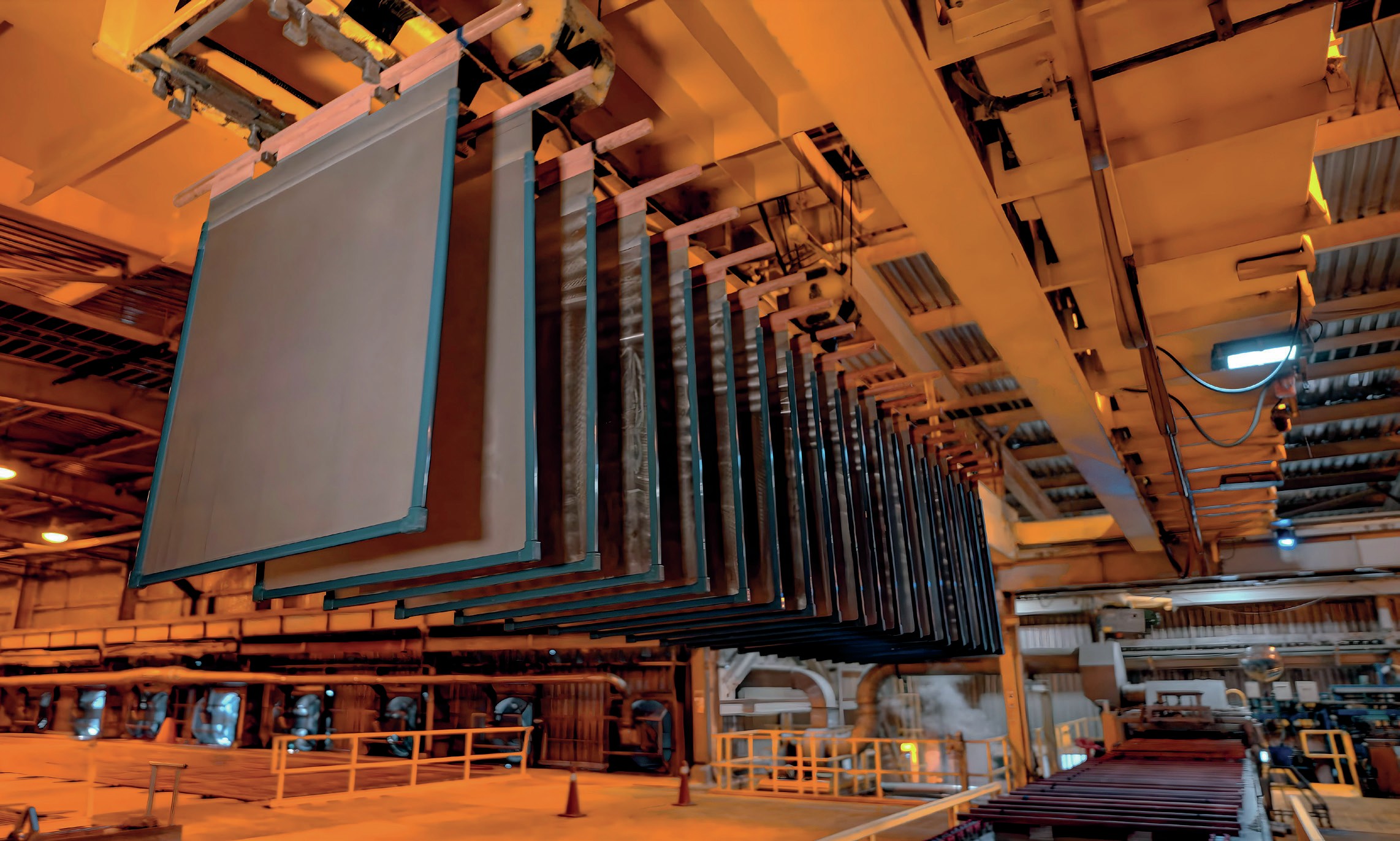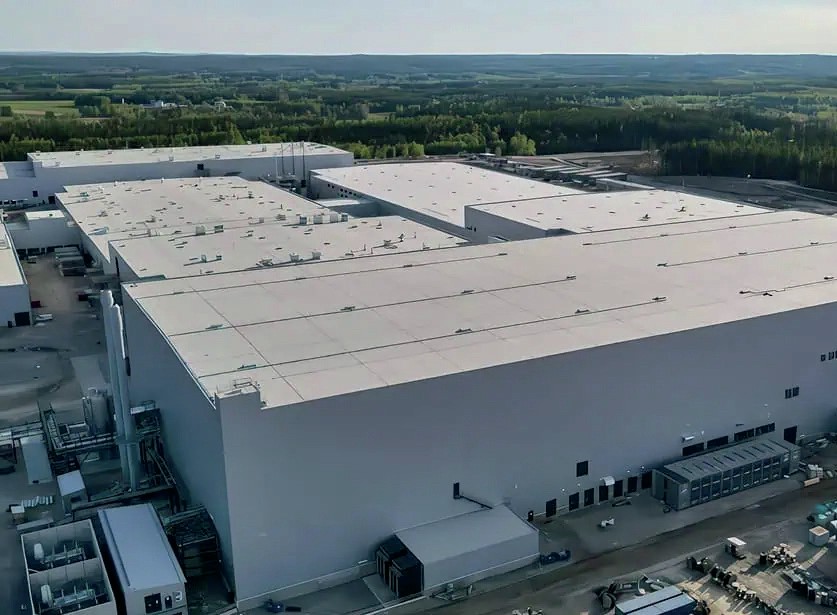Fertilizer International 498 Sept-Oct 2020

30 September 2020
Medical cannabis cultivation
CROP NUTRITION
Medical cannabis cultivation
The commercial production of cannabis for medicinal purposes is expanding rapidly. This burgeoning market is opening up new opportunities for growers and fertilizer producers alike. Avishai Schneider, market development agronomist at Haifa Group, offers his advice for successful fertilization of this sensitive and difficult to grow crop.

The commercial cultivation of medical cannabis (Cannabis sativa L.) is a fast developing farming niche. The crop is cultivated mainly for its female flowers. These are rich in commercially-valuable cannabinoid compounds – mainly cannabidiol (CBD) and tetrahydrocannabinol (THC) – with desirable therapeutic properties.
Large-scale commercial production of medical cannabis generally requires supervised cultivation in a regulated, closely-controlled environment – typically in greenhouses and soil-less systems. Balanced crop nutrition is also a prerequisite for successful cultivation. In cannabis growing, a carefully calibrated supply of plant nutrients is essential if the desired crop yield and crop quality are to be achieved. The use of high-quality fertilizers is also a must – as part of the precision fertilization programme needed to achieve high yields.
Plant nutrition and cannabinoids content
The amount of academic research with hard scientific evidence on the best growing conditions for medical cannabis is still limited. This has meant that – out of necessity – most protocols for crop cultivation are based on growers’ experience. Only recently has reliable evidence and useful publicly-available information started to emerge and accumulate.
Nevertheless, recent studies have begun to shed light on how different plant nutrient (fertilization) regimes can influence the content of commercially-valuable compounds found in cannabis flower buds and leaves. Initial studies suggest that these desirable active compounds are, in fact, secondary metabolites produced when the plant is under stress.
Some preliminary research, for example, has shown that potassium deficiency increases cannabinoid concentration in cannabis flower buds. Similarly, it has been discovered that excess nitrogen levels can lead to a reduction in THC content, and therefore should be avoided during the latter stages of crop development.
Despite such improvements in agronomic knowledge, the scientific understanding of the relationship between nutrient availability and the levels of active compounds found in cannabis plants is still in its infancy. The evidence that is available therefore requires cautious and careful consideration when planning nutrition programmes for cannabis.
In growers practice, the underlying assumption is that it is desirable to maximize flower bud yield – as long as THC and CBD contents stay within their regulatory limits. Overall, therefore, the aim of a nutritional programme for cannabis is to achieve maximum yield, while at the same time ensuring appropriate concentrations of THC and CBD.
When designing a fertilization programme, the following key points need to be considered:
- Crop requirements
- The efficient and accurate supply of nutrients
- Knowing your hybrid
- Choosing the right fertilizers.
Each one of these vital points is discussed in turn below.
Crop requirements
The growth cycle of the cannabis plant is divided into two main stages – an initial vegetative growth phase followed by a flowering phase when the plant develops flower buds. Each of these two main stages can be further divided into sub-stages.
The vegetative growth stage starts after the establishment of rooted cuttings in the growing substrate. During this stage, by cultivating in a controlled environment, plants are given exposure to long daylight hours (16-24 hours) to induce vigorous vegetative growth.
The vegetative stage is critical because it determines the plant’s strength and health, subsequently affecting its ability to produce flower buds and, importantly, the quality of these buds. Nutrient requirements at this stage are high – especially for nitrogen and potassium – as good supply is necessary to support rapid plant growth.
The flowering stage is induced when daylight time shortens to 10-12 hours. This phase is divided into three physiological sub-stages, namely:
- Bud formation
- Bud sizing
- The finishing stage – the time when the flower buds reach maturity and are ready for harvesting.
The flowering stage is critical in determining both crop quantity (yield) and quality. Nutrient supply during flowering directly influences both bud formation and development. At this stage, the nitrogen-topotassium ratio should favour potassium (N:K < 1). Phosphorus should also be supplied carefully, as excess phosphorus in the feeding solution may induce iron, magnesium and calcium deficiencies.
To maintain optimal conditions for nutrient uptake, nutrient solutions must be maintained at pH 5-6.5. Around 20-30 percent of the drainage of irrigation water should also be kept within the system to prevent the high build-up of salinity. It is also important to continuously monitor both electrical conductivity (EC) and pH of the irrigation water and drainage water.
While cannabis plants are heavy consumers of nitrogen during the early stages of their vegetative development, excessive nitrogen levels – as mentioned above – can lead to an undesirable reduction in THC content and should therefore be avoided during later plant development stages.
During continuous fertilization, the target concentration of phosphorus (P) is between 25-35 ppm. Lower P levels will result in retarded growth, while the minor benefit from higher P levels does not justify the extra cost incurred.
Potassium (K), calcium (Ca) and magnesium (Mg) are all nutrients consumed by cannabis plants in large quantities. A nutrition solution that keeps to a K:Ca:Mg ratio of 4:2:1 is recommended to avoid antagonisms. The application concentration for these three nutrients should be around 200 ppm K, 100 ppm Ca and 50 ppm Mg.
Efficient and accurate supply of nutrients
A typical A, B and C tank system should be employed to apply the fertilization programme. This system includes two tanks for the fertilization formulae – the A tank for the fertilizers containing phosphorus, the B tank for the calcium and magnesium fertilizers – and a C tank for the acids used to adjust the pH of the irrigation water.
Dividing the water-soluble fertilizers between separate tanks overcomes nutrient incompatibility problems. Nutrient availability and solubility are negatively affected when solutions of two incompatible products are mixed and react to form insoluble compounds. This is to be avoided.
One example of an incompatibility happens when sulphur-containing fertilizers are co-dissolved with phosphoric fertilizers in the same tank. The resulting precipitation of insoluble gypsum (calcium sulphate) can clog drip lines and emitters, as well as making nutrients unavailable for plant uptake. However, the concentration of dissolved nutrients determines whether this precipitation reaction takes place and the severity of its effects. It may not occur or be a major issue, for example, in dilute liquid feeds.
Generally in a tank mix, the compositional formula for calcium and magnesium needs to kept constant throughout, while the N:P:K composition needs to be adjusted during the course of cultivation, according to the growth stage and cannabis crop demands.
Know your hybrid
A large variety of cannabis hybrids are grown commercially for medical purposes, with each hybrid potentially having different nutritional requirements. The nutritional programme must therefore be adjusted and tailored to match the hybrid’s specific nutrient needs.
Additionally, with each cannabis hybrid, nutrient deficiency symptoms may not develop in quite the same way and can also look slightly different. Leaf tissue analyses and systematic tests – such as monitoring and comparing the nutrient content in irrigation and drainage water – are therefore necessary to adjust the nutrient programme for a specific cannabis plant variety. Such adjustments must be supervised and carried out with great care. Because of this, Haifa generally recommends that growers consult a crop nutrition specialist before making before any changes to the fertilization programme.
Choosing the right fertilizers
Only compositionally pure, high-quality and specially-formulated fertilizers are recommended for cannabis cultivation to ensure a proper and adequate supply of plant nutrients. Fertilizer product quality is important as the introduction of potentially harmful elements such as heavy metals needs to be avoided.
The high-quality water-soluble fertilizers offered to medical cannabis growers by Haifa Group ensure that the nutrient levels needed by the crop are precisely maintained. It is particularly crucial to supply a well-balanced and complete range of plant nutrients. This should include adequate amounts of micronutrients, in addition to the supply of major elements at a precise N:P:K ratio.
Importantly, unlike standard fertilizers used in traditional agriculture, the fertilizers applied to medical cannabis must be fully water-soluble, extremely low in heavy metals, and virtually free of chloride, sodium and other elements that are detrimental for plants.
Haifa Group, a leading and expert provider of specialty fertilizers, has taken cannabis crop nutrition to the next level by developing a precise methodology and crop nutrition solutions for cannabis cultivation. Haifa’s overall approach to cannabis crop nutrient management builds on the company’s extensive global experience in horticultural crop nutrition. Analysing and meeting the plant’s nutrient requirements, in the most efficient and accurate method, is always the prime objective.
Haifa Nutrient™ , a sophisticated online software package developed by Haifa Group, offers growers a powerful tool for planning irrigation schemes and fertigation (nutrigation) programmes for medical cannabis and many other crops. The software is available free of charge on the company’s website.






